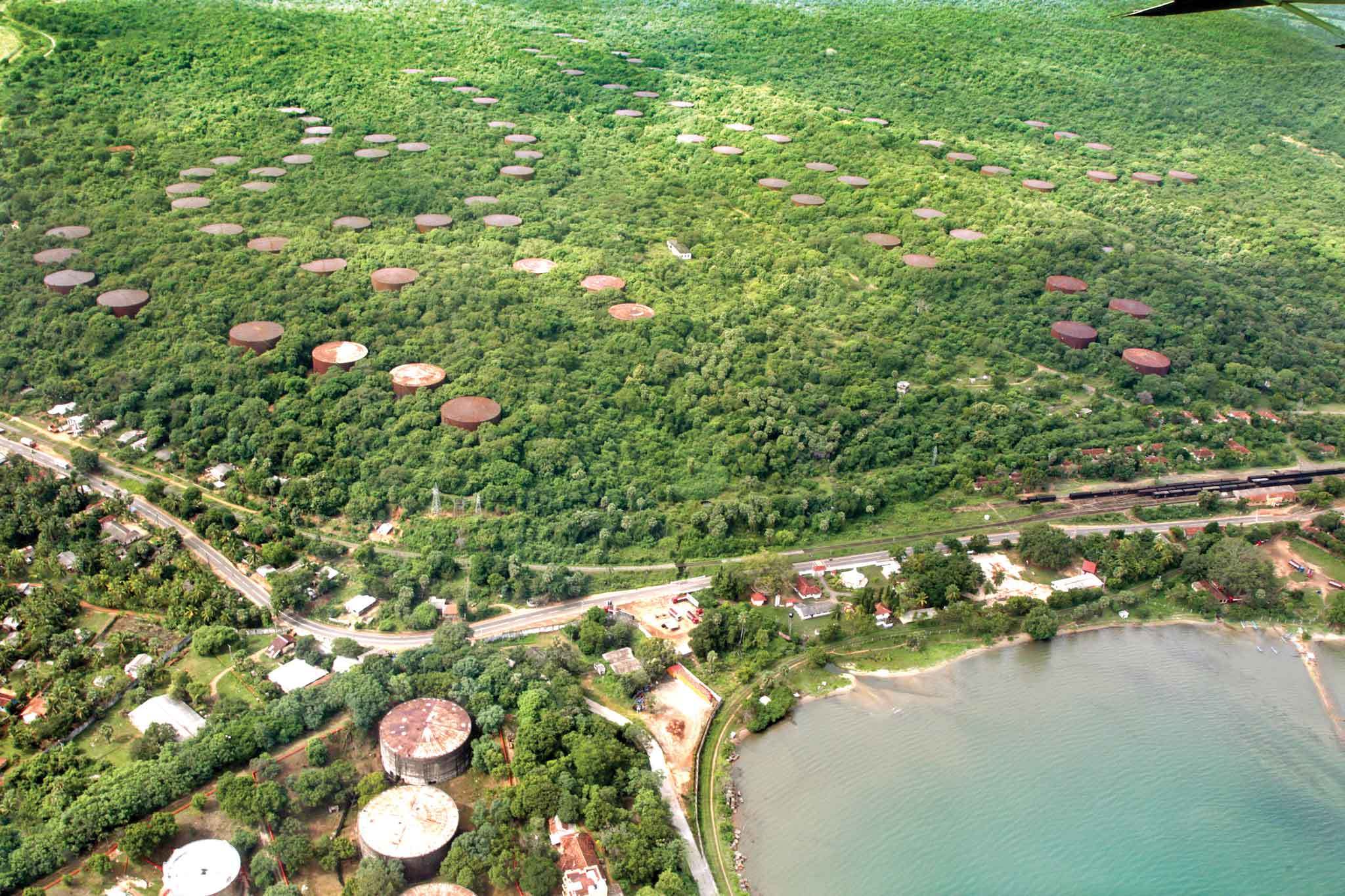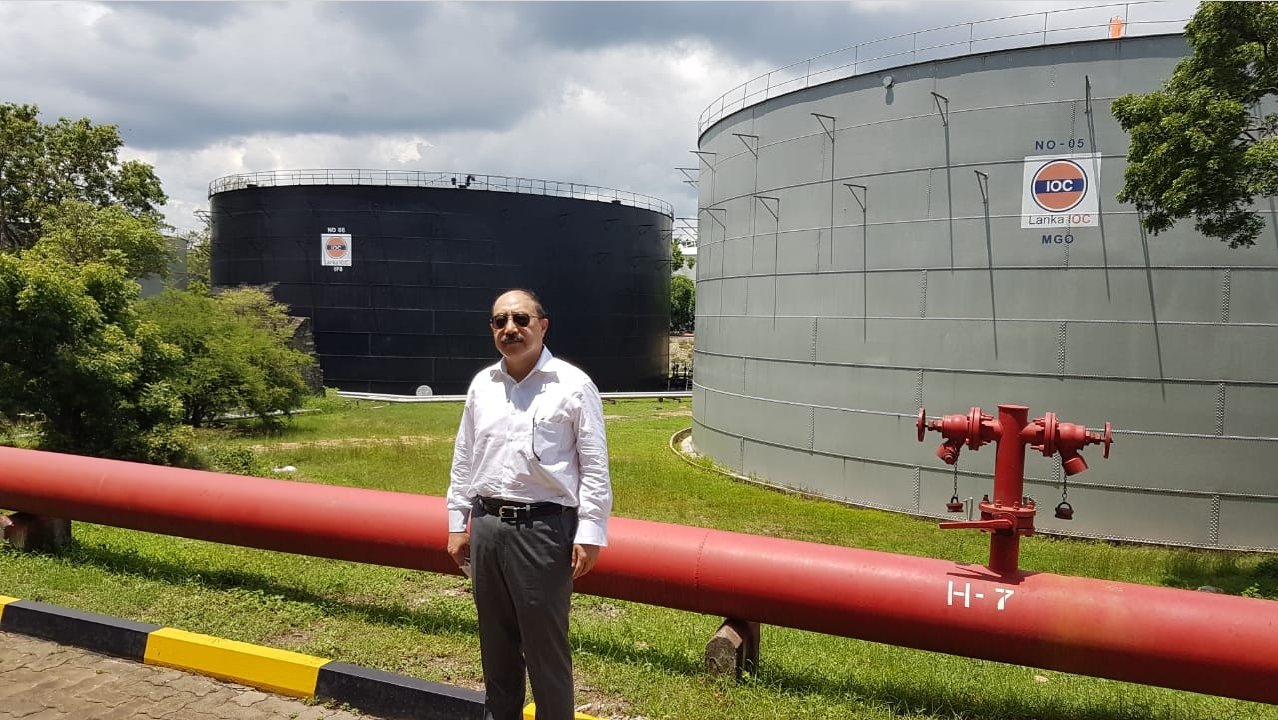
The Sri Lankan government, led by the National People's Power (NPP), has decided to continue its joint venture with India to develop the Trincomalee Oil Tank Farm.
This decision comes despite the Janatha Vimukthi Peramuna (JVP)'s history of vehement protests against the agreement, which they once claimed would cede control of a strategic national asset to India.
Energy Minister Kumara Jayakody announced that the project aims to boost Sri Lanka’s foreign exchange reserves by leveraging the oil tank farm’s strategic potential. The agreement, originally signed in January 2022 under the previous administration, involves the Trinco Petroleum Terminal (Pvt) Ltd (TPTL), a joint venture between the state-owned Ceylon Petroleum Corporation (CPC) and Lanka IOC, a subsidiary of Indian Oil Corporation.
The JVP, the leading party of the NPP coalition, has long opposed foreign involvement in the Trincomalee Oil Tank Farm. In 2022, the JVP staged protests against the deal, alleging that it would hand over a vital national resource to Indian control. At that time, NPP leader and current Sri Lankan president Anura Kumara Dissanayake publicly vowed to cancel the agreement if his party came to power.
This opposition is rooted in the JVP’s resistance to perceived threats to Sri Lanka’s sovereignty. For decades, the Trincomalee Oil Tank Farm has been a sensitive issue in Indo-Lanka relations. First mentioned in the 1987 Indo-Lanka Accord, the facility remained underutilized for years until India’s Lanka IOC began operating 15 of its 99 tanks in 2003.
Built during World War II on a 600-acre site adjacent to the Trincomalee port, the oil tank farm contains 99 tanks, each with a capacity of 10,000 metric tons. Trincomalee port, one of the world’s finest natural harbors, is located in the Tamil North-East, making the project particularly significant for regional economic development.

India’s Foreign Secretary Harsh Vardhan Shringla visits the Trincomalee oil tanks in October 2021.
Jayakody emphasized the project's potential to supply bunkering oil for ships and to integrate with Trincomalee harbor’s broader development, which could enhance Sri Lanka’s position as a regional maritime hub. Despite protests and delays caused by the country’s economic crisis, Phase 1 of the project is expected to cost $15–20 million.
Though the 1987 Indo-Lanka Accord called for joint development of the oil tanks, like many other parts of the agreement – such as devolution of land and police powers to a merged North-East province – it laid stagnant.

